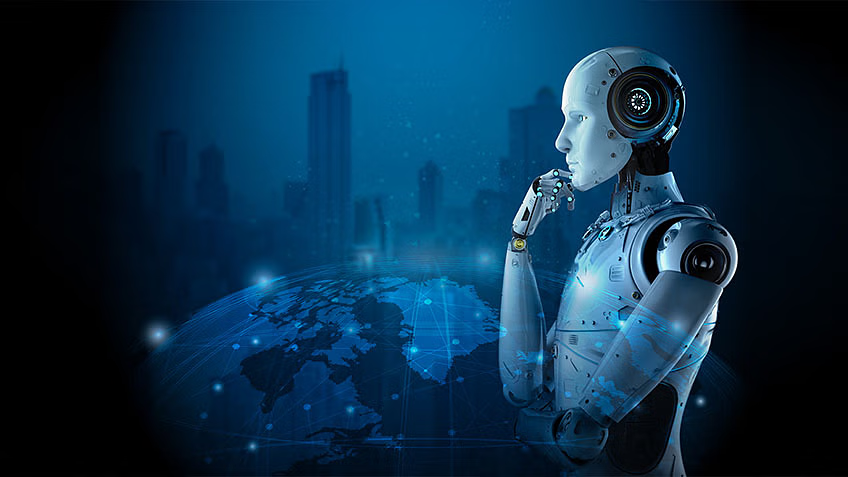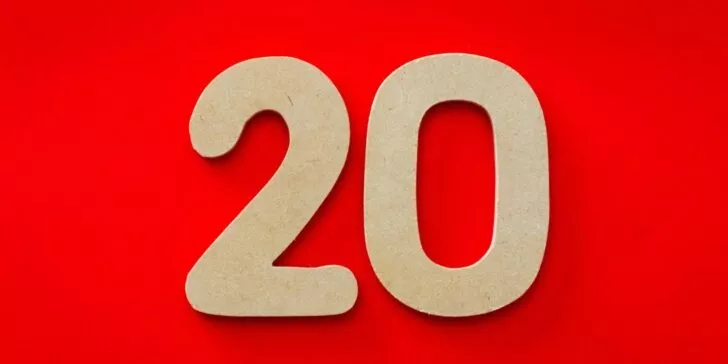Are they just a modern version of the painter’s self-portrait?
Are they a sign of the depraved narcissism brought on by social media and incessant online-profile pruning?
Are they just something we do when we’re bored?
Brought on by the availability of cameras in smartphones and lack of need to buy film, selfies are everywhere. A recent stat claimed that 30% of pictures Millennials take are of themselves.
It’s a little weird, if you think of pictures in the way we always have done. Three out of every ten things we choose to document for posterity are… ourselves? In our cars, in our bathrooms, in front of our computers? That’s really what we think of as the most worthy of permanence?
But if you think of photographs differently, the view changes. Today, we use photographs the same way we use texts or calls or in-person conversation. A photo can serve the same purpose as a message, or even simply a pointed finger. It’s not saying that the object is noteworthy enough to be preserved forever – it’s just saying that you want to call someone’s attention to it for an instant.
The problem in that way of thinking, of course, is that the momentary attention can be accidentally, erroneously, or maliciously preserved, with or without consent. Which is why SnapChat and its cronies proliferate; they offer the promise of the fleeting amusement without the worries of the permanent record. It is, of course, a false promise; if there’s a digital file being transmitted electronically, there’s always a way to grab it, usually quite easily.
Perhaps this perpetuates the cycle: if there are so many images out there of ourselves, we want to have as much input as we can into that pool. And so, more selfies.

